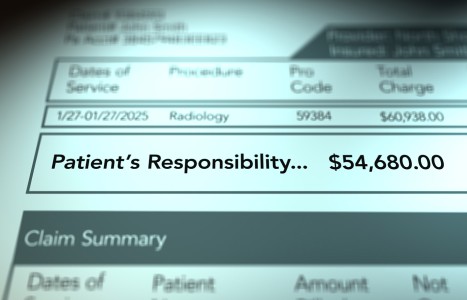Recent laws in New Jersey and California represent a disturbing trend that will negatively impact a practice’s ability to collect monies from patients, as well as expose them to significant penalties if the practice does not follow the mandatory guidelines to a T. Please be aware that a similar law may be coming to your state. The time to act is before the law is passed.
Update From the Council on Chiropractic Guidelines and Practice Parameters
In the U.S., the chiropractic profession began to reinvestigate the guidelines process intensely in the late 1980s, at the behest of many groups, but under the formal auspices of the Congress of Chiropractic State Associations (COCSA), with many national member-sponsor organizations. At the time, there was little in the way of comprehensive, evidence-based guidelines for any health care profession. The Commission for Chiropractic Quality Assurance and Practice Parameters was formed, and members were recruited from different clinical, research and philosophical orientations in the profession to publish a guidelines document, which was completed in 1993.
New research continued to emerge, and new requirements from the profession; patients; payers; governmental agencies; and other stakeholders needed to be addressed. Thus, the Council on Chiropractic Guidelines and Practice Parameters (CCGPP) was unanimously created in 1995, at the behest of all of COCSA's member organizations. The CCGPP is an independent organization represented by multiple national organizations, 19 council members and an integral research-based commission that directs all investigation.
The CCGPP has examined a number of current processes in an effort to continue the development of guidelines supporting "best practices" for clinical presentations traditionally seen in U.S. chiropractic offices. Best practices are those strategies, activities, techniques or use of resources that have evidence of success in providing significant improvement in quality; performance; safety; time of reaction; cost; and/or other measurable factors that impact a target group.
Considerable information has been gathered from researchers and stakeholders. A survey of the practice orientation and opinions of the chiropractic profession, contracted to Palmer College of Chiropractic of Davenport, Iowa, and directed by Monica Smith, DC, PhD, has been performed. Data will continue to be released to the CCGPP by Palmer College over the next few months for use in future efforts. We have also developed an information- sharing relationship with our counterparts in the Canadian Chiropractic Association, who are presently embarking on a nearly identical path in response to the same mandates placed before us in the U.S.
The CCGPP has set an action plan in motion that should see the first set of best practices released between December 2003 and June 2004. We are confident this effort will help our profession progress successfully into this new century, as it so rightfully deserves. More information will be forthcoming as this project continues. Constructive feedback and inquires are always welcome.
Council on Chiropractic Guidelines and Practice Parameters
P.O. Box 2054
Lexington, SC 29071
Tel: (803) 356-6809
Fax: (803) 356-6826
E-Mail: jordan3m@sc.rr.com


